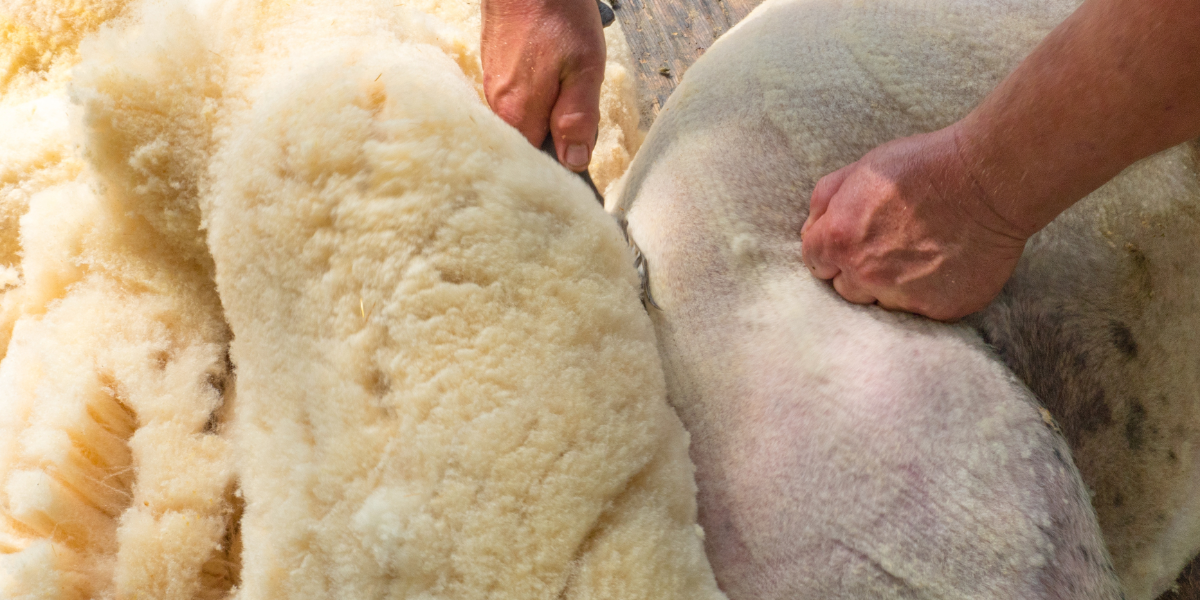In the world of Australian agriculture, Rich Keniry, Chair of the WoolPoll panel, is at the forefront of guiding growers through a decision making process that will impact the future of the industry.
Based out of remote central west NSW, he kills the tractor momentarily to explain WoolPoll over the phone.
“WoolPoll is a vote on the levy that all growers pay to AWI (Australian Wool Innovation), for them to invest in research, development and marketing.”
The WoolPoll panel is an elected body of growers from across the country spreading from Western Australia to the east coast.
“So in our role, we put the voter information kit together, which dictates what the different levy rates and what AWI can deliver based on those rates, and then also encourage growers to vote.”
It is a non compulsory vote, but paying the levy is compulsory, and the percentage paid is matched by the government.
“It’s conducted every three years,” said Keniry, “so that’s an opportunity for growers to have a say, which is very unique.”
The current levy stands at 1.5%, a figure that was decided in the previous polls of 2018 and 2021. The options available for the upcoming vote are a 1.5% levy (current), a 2% levy (an increase), a 1% levy (a decrease), or a 0% levy (abolition of the levy).
“Each of these options has been set out by government regulation and is presented in the voter information kit prepared by the Woolpoll panel.”
Keniry is not naive to the fact that most people are averse to reading long, wordy documents:
“Previously they’ve been 20-25 pages or so. So yeah we’ve got a clear and concise memorandum. We want it to be clear and concise, so a voter can pick it up, understand what they’re gonna get if they vote for an extra half percent or so.”
Keniry says the process is as simple as five minutes from opening the envelope to being ready to vote.
“The more people vote, the more we get to have a say on this industry and its future.”
Whilst Keniry encourages voter participation, he highlights that ultimately it is a personal decision as wool constitutes different proportions of different people’s business’,
“It’s an individual business decision on how much they want to invest back into the industry and back into the future. Because, you know, this levy doesn’t take place until July of 2025, so even though we’re voting on this year, it doesn’t come into effect until July of 2025, and then it’s in place for the next three years after that.”
Rich Keniry and the WoolPoll team will be at AgQuip this week.
Something going on in your part of the New England people should know about? Let us know by emailing newsdesk@netimes.com.au


